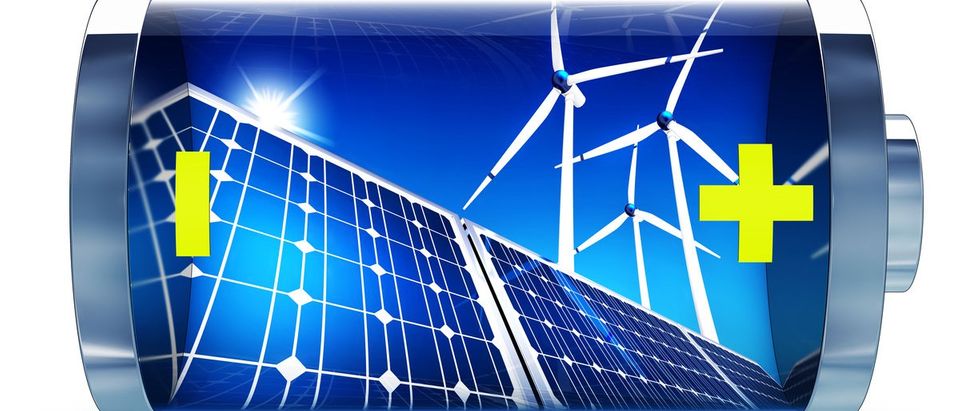Billionaire Elon Musk’s newest industrial battery in Connecticut will only be able to power about 123 homes.
The new battery is intended to provide electricity when a nearby solar farm can’t, as well as showcase Musk’s technology, but its energy storage system can only handle a mere 750 kilowatts. Nationally, roughly 1,000 kilowatts of power is only capable of keeping the lights on in 164 homes.
Musk’s system can store up to 3,000 kilowatt-hours of electricity, which isn’t that much as the average American home uses about 901 kilowatt-hours of power per month. Musk’s company SolarCity will install and maintain the battery storage system.
SolarCity intends to merge with Musk’s other company, Tesla, which makes similar batteries. Musk’s latest batteries for home power storage are equally problematic, as a Tesla Powerwall capable of powering a home costs $7,340.
A conservative analysis estimates a Powerwall can save its owner a maximum of $1.06 a day. Such a device would take almost 40 years, or roughly four times its warranty period, to pay for itself, according to analysis performed by the free market Institute for Energy Research. Tesla only offers five to 10 year warranties on its Powerwalls, and predicts they will last for only 15 years.
Purchasing enough batteries to provide just three days of storage for an average American household costs about $15,000, and those batteries only last about five years and are very difficult to recycle.
Researchers determined in September that batteries likely have fundamental problems that will prevent large scale energy storage from ever being viable without lucrative financial incentives from the government. Other researchers found as the amount of green energy entering national power grids increases, the negative impacts of wind and solar’s volatility will also increase unless better batteries are developed. Additionally, scientists suspect that it may be physically impossible to build those better batteries.
One of the world’s largest and most powerful batteries, located in Fairbanks, Alaska, weighs 1,300-metric tons and is larger than a football field. It can only provide enough electricity for about 12,000 residents, or 38 percent of Fairbanks’ population, for seven minutes. That’s useful for short outages, which happen a lot in Alaska, but isn’t effective enough to act as a reserve for solar and wind.
Currently, the best way humans have of “storing” power is pumping water up a hill, which actually accounts for 99 percent of all global energy storage.
Send tips to andrew@
All content created by the Daily Caller News Foundation, an independent and nonpartisan newswire service, is available without charge to any legitimate news publisher that can provide a large audience. All republished articles must include our logo, our reporter’s byline and their DCNF affiliation. For any questions about our guidelines or partnering with us, please contact licensing@dailycallernewsfoundation.org.


